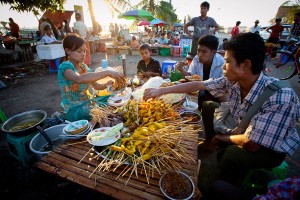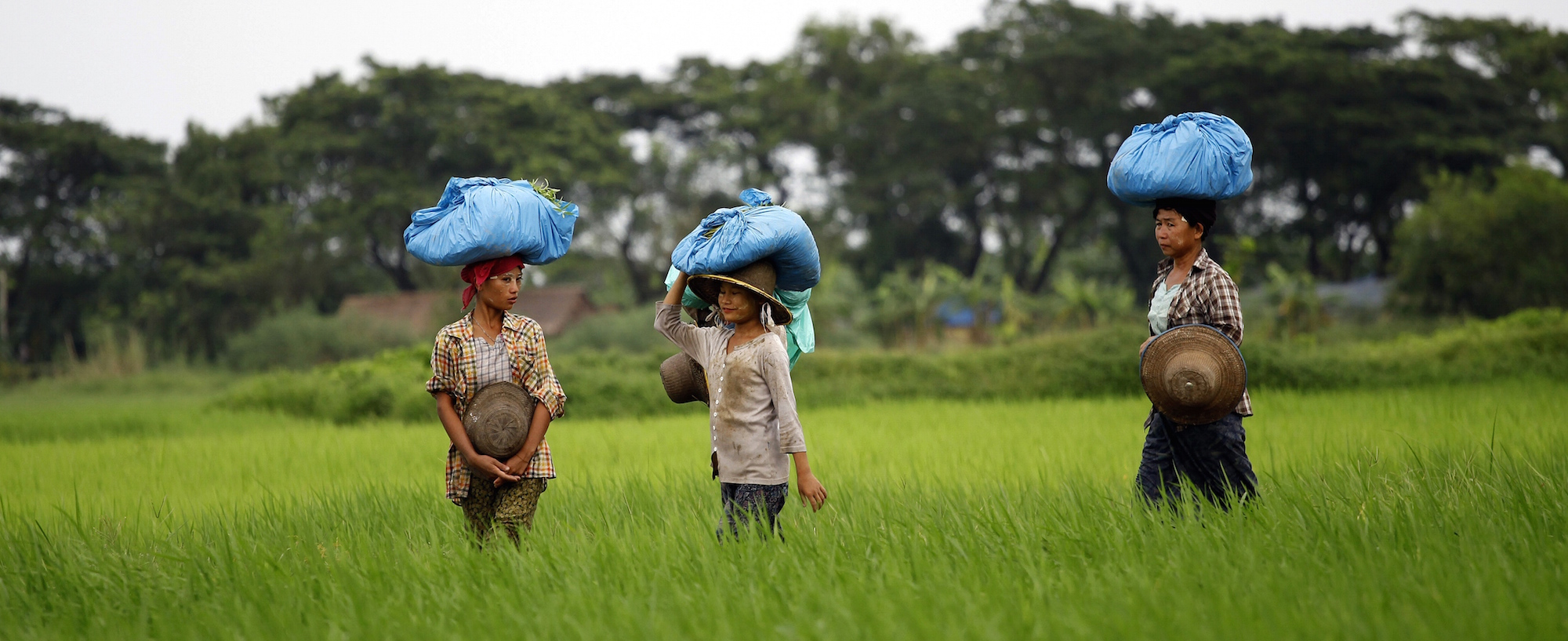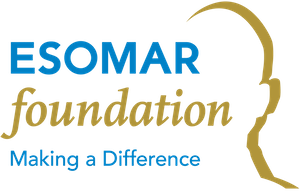
There are certain countries in the world where access to even the most basic research training can be extremely difficult. The ESOMAR Foundation is hoping to launch its first training programme in Myanmar to help deal with the lack of training opportunities in the country.
Read this article from Research World November/December 2013 o learn more about research in Myanmar
Mingalabar Myanmar!
By Marita Schimpl
What comes to mind when you think of Myanmar?
Nowadays, most people might say Aung San Suu Kyi, Myanmar’s pro-democracy leader and Nobel Peace Prize laureate. Foreign investors, many of whom are still not sure if the country is called Myanmar or Burma, may praise the huge untapped market potential since 55-60 million locals are hoping to finally improve their standard of living by owning a refrigerator or the latest digital gadget.
But how do you market a brand that is well known globally but often unknown to Myanmar’s consumers?
Experience Myanmar yourself!
Any visitor to Yangon, the country’s largest city (with a population of six million), can breathe in the optimism of change. Electronic shops burst with the latest home appliances or TVs. Local hipsters sit in modern-style coffee shops drinking iced lattes and showing off their latest smartphones or iPads. More and more young people have traded their longyis for skinny jeans. Urban women would rather use Western make-up when going out than decorate their faces with thanaka (a yellowish-white cosmetic paste made from ground bark).
On the surface, Yangon may appear to be changing quickly. However, to understand the values, needs and traditions that are still determining local lives, one has to look behind the few familiar signs of global culture. We are quick to compare Myanmar with what we know: we may think or expect Myanmar to be like Thailand, Cambodia or Vietnam.
In fact, there are 135 officially recognised ethnic groups in Myanmar; 70% are Burmese. That is why the country is called Myanmar – to include other ethnic groups as well. Those ethnic groups have their own distinct traditions and languages. Not all speak Burmese (the ‘official’ language).
Demand for local research is growing
Most people are surprised when they hear that Myanmar is not a white spot on the global research map. In fact, we have the Myanmar Research Association, which has the biggest local, privately owned research agencies under its belt. Global agencies have also recently set up shop.
One needs to remember that international companies operated in Myanmar until the late 90s/early 2000s. Therefore, market and social research is not a new discipline in a country that got off economic sanctions a year and a half ago.

AFP PHOTO/Ye Aung Thu
What can I expect?
Conducting qualitative research in Myanmar is similar to the process in other Asian countries. Focus groups, home visits, shop-alongs, diaries, ethnographic approaches – they are all there. Make sure you recruit extraverted, creative respondents, and you will be amazed how openly they discuss most topics.
However, there are a few things you need to consider when running quantitative research, because infrastructure is a big issue:
- Telephone and internet penetration is way too low to use online research tools or CATI for data collection. Those methods may be used for special urban target groups only. Due to very slow internet connections, it is almost impossible to upload or download videos or do data entry online.
- All interviews are conducted face to face with PAPI, so studies may take six to 12 weeks, depending on the sample size; travel to remote areas can be slow due to bad roads; printing a few thousand questionnaires takes a few days; and fieldwork updates can’t be done daily, as interviewers may be in areas without any reliable telephone or internet connection. Be sure that there are no weddings or religious ceremonies going on when you want to do fieldwork in a village, as you won’t find anybody home. Everyone attends!
- Depending on the topic of the research, one needs to get the permission of central and/or local authorities. If the fieldwork is conducted outside the urban centres of Yangon and Mandalay, it is a good idea to inform local authorities. Clients need to understand this and show flexibility.
- The last national census was conducted in 1983, meaning there is no reliable data on population structures that could be used for weighting any sample. The next census will be conducted in 2014. Until then, we don’t even know the exact population size of the country with 100% certainty.
None of these points should put you off, as projects run smoothly in Myanmar.
Come out yourself, and you will experience very friendly locals who have not been influenced by global consumer culture on a big scale (yet). Try to learn at least one word and people will greet you with a big smile: Mingalabar (Hello).
Author: Marita Schimpl is head of market research at Myanmar Survey Research and ESOMAR country representative for Myanmar
